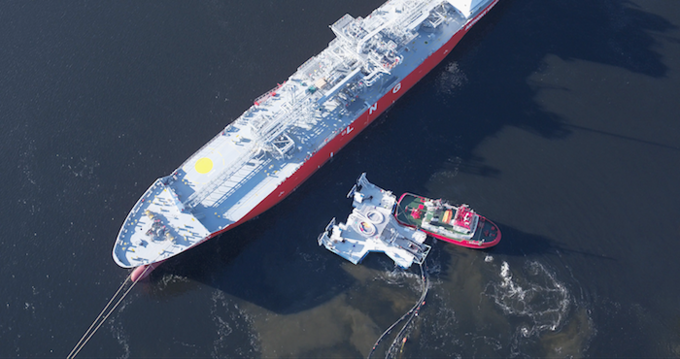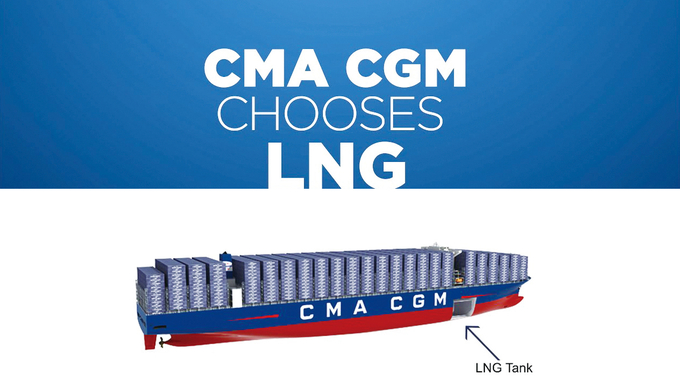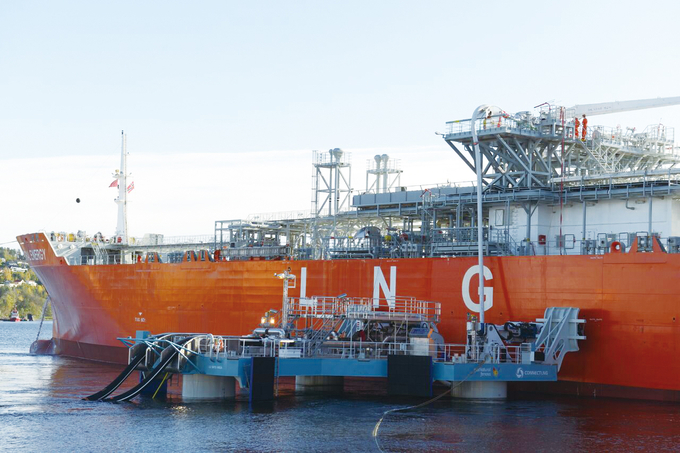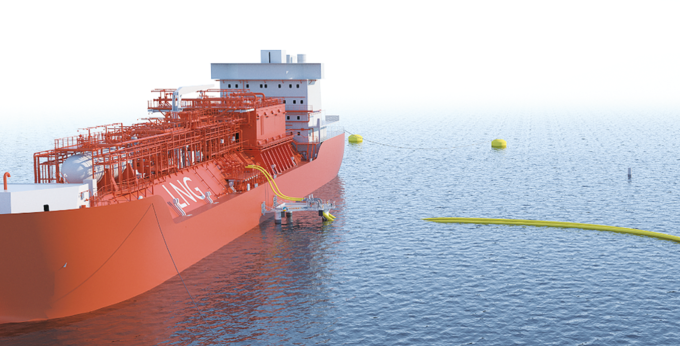
One of the biggest stories of 2017 was the evolution of the market for LNG as a marine fuel, with a significant increase in new projects across the globe, demonstrating a growing embrace of gas-fuelled shipping throughout the industry. This year, we predict that a major challenge will be meeting the urgent demand for infrastructure brought on by a growing and diversifying fleet, and ensuring that a potential lack of suitable infrastructure does not begin to hold back an expanding market, in a year that is looking to be a tipping point for LNG shipping.
As of November 2017, there were 111 LNG-fuelled vessels on order ? a figure that will almost double the current number of vessels, which currently stands at around 120. Sixty-two LNG carriers are also expected to be delivered this year, which, if achieved, will be a new annual output record. However, of all the announcements last year, one of the most significant had to be CMA CGM’s decision to order nine LNG-powered ultra-large container ships (ULCSs) ? one of the strongest indications yet of confidence in LNG’s potential as a mainstream marine fuel.

In order to support the growing market for safe LNG bunkering, dedicated bunker delivery vessels have entered into service ports around the world, such as the 6,500 m3 Cardissa, an LNG bunker delivery tanker that is being operated from Shell’s base in Rotterdam. Speaking after the naming ceremony of this vessel, Shell LNG Fuel General Manager Lauran Wetemans, has suggested that there could be between 10-30 such LNG bunker vessels in operation within the next five years. Size will also be important; the new CMA CGM vessels, for example, will require a bunkering vessel of more than three times the size of the three LNG fuelling vessels currently in service.
This demonstrates the scale of the infrastructure challenge at hand, which is essential for the continued growth of LNG. Wetemans said that the marine LNG sector had the potential to be ‘disruptive’ ? just as the electric-powered car industry is disrupting existing supply infrastructure. However, he acknowledged that the ‘buy-in’ of owners is crucial if the use of LNG bunker fuel is to be stepped up from its current relatively modest level ? and this relies far more on infrastructure development than the availability of gas.

A further challenge is that existing infrastructure at current hubs may not be suited to the range of vessel sizes represented in today’s fleet. At the same time, as LNG spreads to new locations, it may require bunkering to occur in locations that are too deep or shallow for traditional jetties to be used, or where harsh environments make conventional jetty-based transfer difficult.
In response to this, 2017 saw the development of new, adaptable solutions to facilitate the spread of LNG ? and there is no better evidence of this than in the transfer zone.
Last year, for example, Trelleborg’s floating cryogenic hoses were used in the successful sea launch of a Universal Transfer System (UTS), developed with Connect LNG and Gas Natural Fenosa. This demonstrated a system that would bring bunkering infrastructure to a vessel using a floating platform, connected to the shore by cryogenic, floating hoses. It showed how flexible floating hose technology can underpin new solutions that could easily be used to upgrade existing ports, or establish new bunkering facilities with lower start-up costs than heavier infrastructure would require.

As technology advances to meet the growing demand for LNG, confidence in the ability of key stakeholders to meet infrastructural challenge is growing. Just two years ago, 76% of respondents saw LNG infrastructure as the biggest obstacle to LNG bunkering, according to a recent survey by IQPC. Now, that figure is 46%.
For an industry confronted with the upcoming 2020 sulphur cap, the expansion of Emission Control Areas, and growing pressure to decarbonise, LNG will play a key role in helping it achieve regulatory compliance. However, in order for LNG to realise its global potential as a lower-carbon, cleaner alternative to traditional fossil fuels, it is vital that the industry continues to invest in developing the type of game-changing infrastructure that will accelerate the industry’s growth.
(Source : Trelleborg Oil and Marine)

















